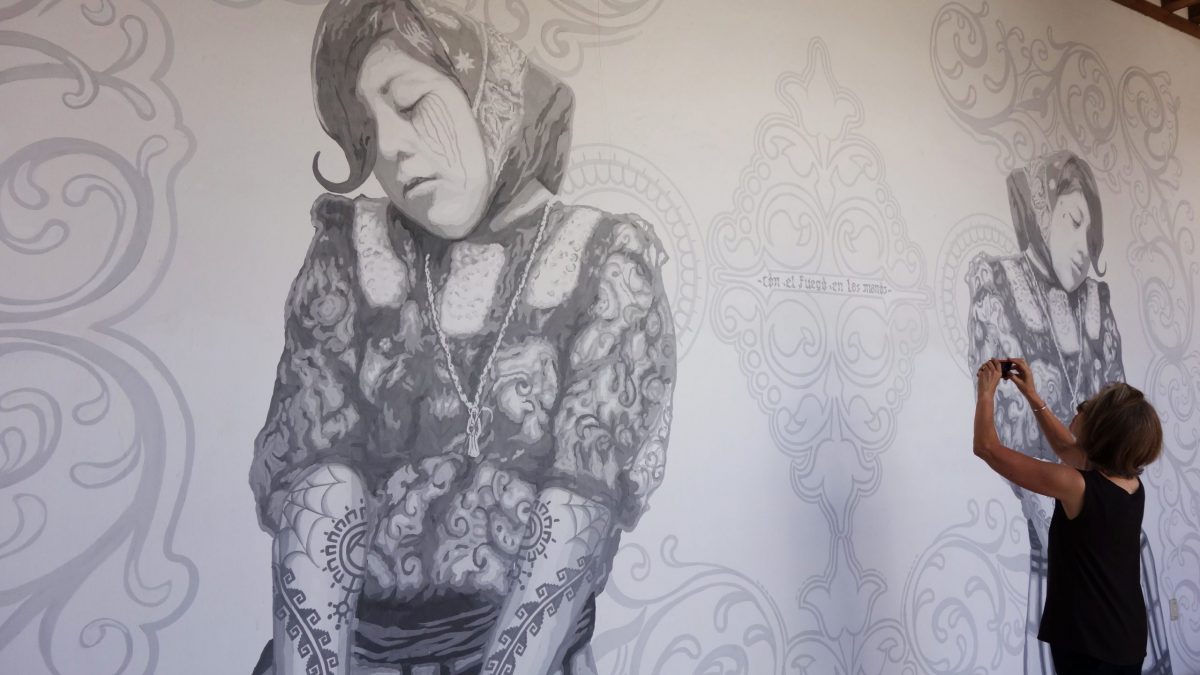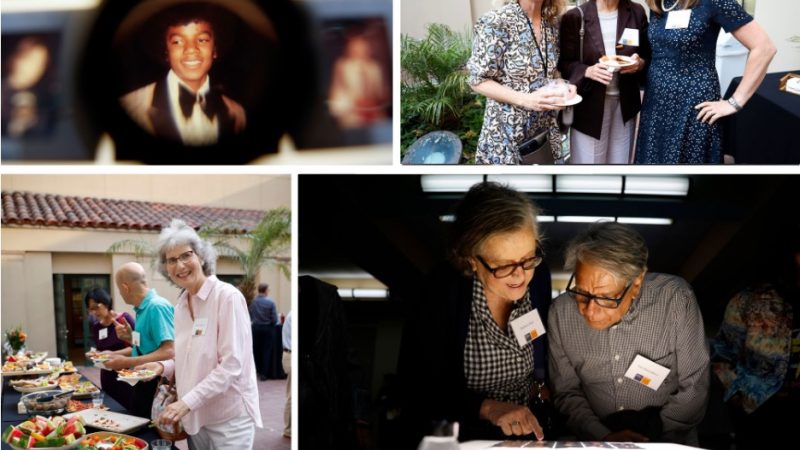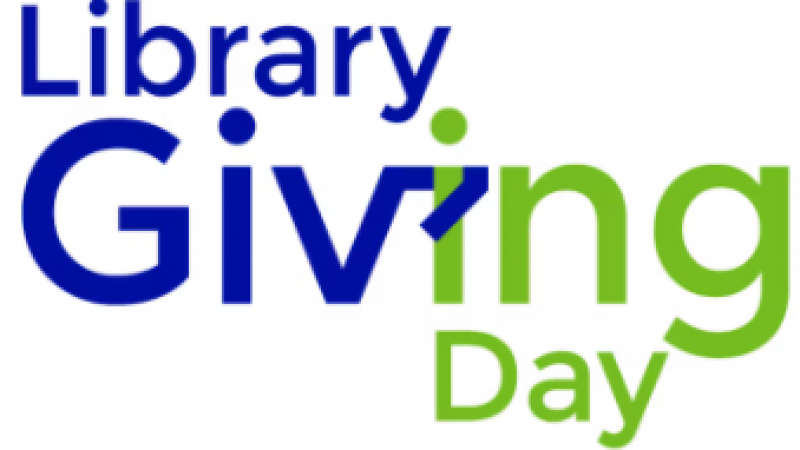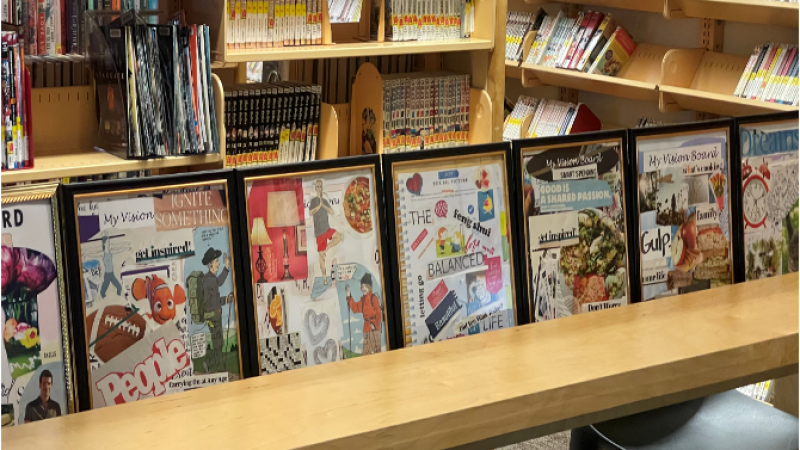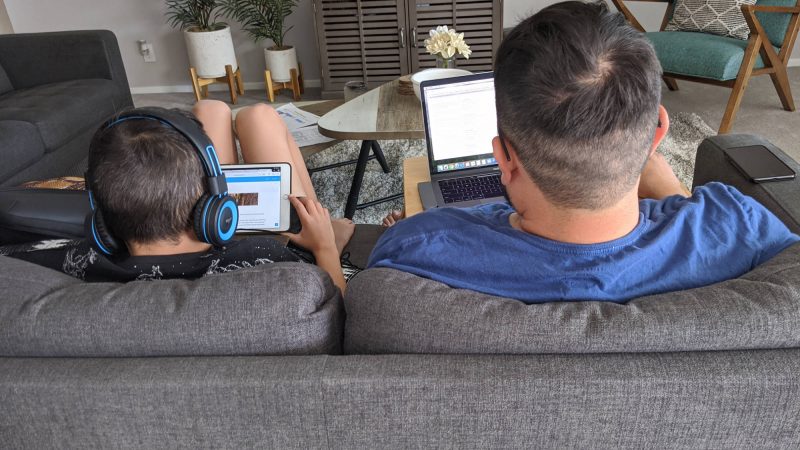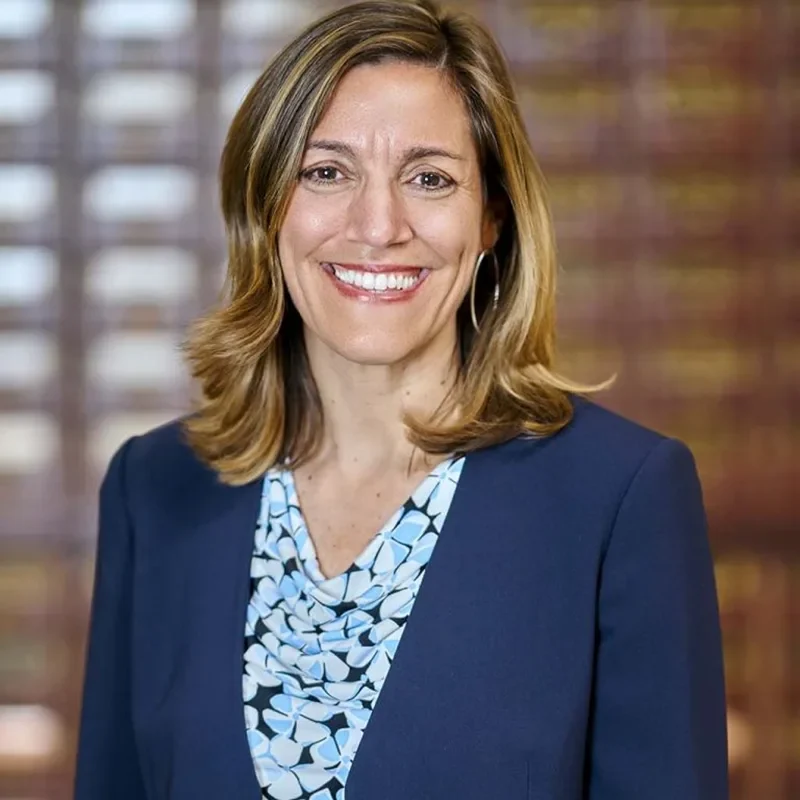When colleagues from the Library Foundation of Los Angeles visited Oaxaca City, Mexico in 2015 as part of a Getty Foundation research grant for the forthcoming exhibition Visualizing Language: A Zapotec Worldview and saw these striking images on the walls of a historic building from the 1600s, they knew that they’d found the right artists to invite to Los Angeles to respond to the 1933 Dean Cornwell murals depicting the founding of California in the Central Library’s Rotunda.
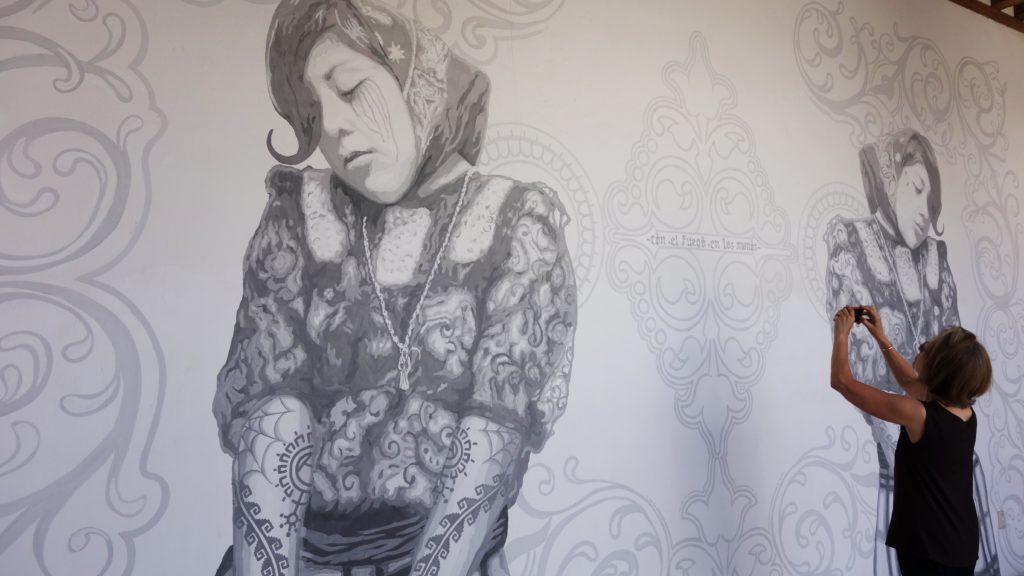
Nine months later, the artist collective Tlacolulokos from the central valley Zapotec town Tlacolula found themselves viewing the awe-inspiring Rotunda at the Los Angeles Public Library’s Central Library with their own eyes as part of a month-long artist residency to offer a contemporary artists’ perspective of the historic California murals. Since then, the artists have been developing a proposal for the work that will be displayed in Central Library for next September 2017’s exhibition. Recently, the LFLA team caught up with the artists in November back in Oaxaca on a trip to present two public programs as part of Visualizing Language at the 36th annual Oaxacan Book Fair.
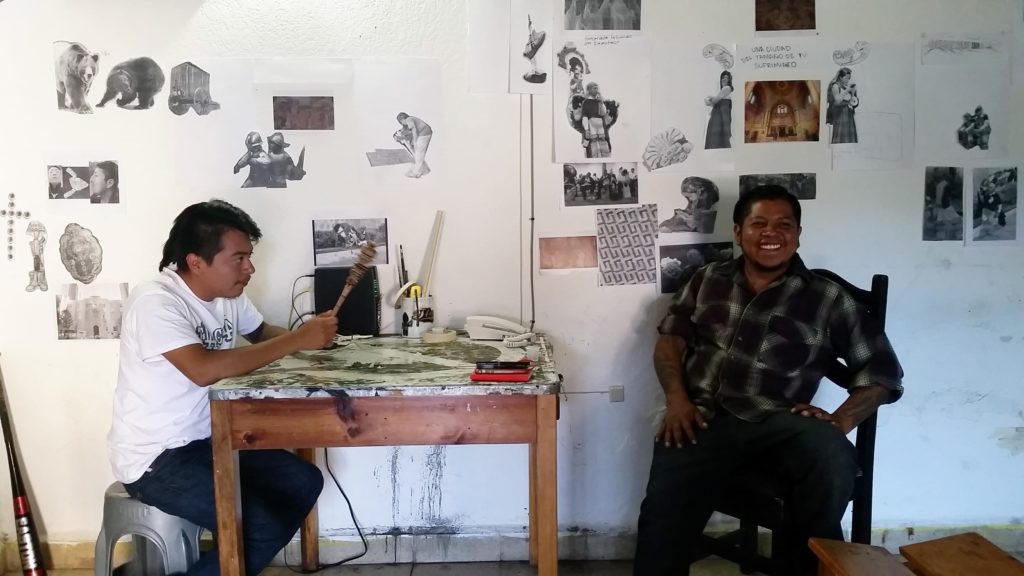
The artists were first drawn to the depiction of the native people in the Cornwell murals: their posture, their gestures, their position in relation to the white colonizers. They were also interested in the objects and symbols in the murals—visual markers creating a connection between Los Angeles and Oaxaca where ideas, information, and objects are exchanged and transformed through personal and political ties. They insist that, “You can’t define Oaxacan culture without mentioning Los Angeles,” believing the two places are inextricably linked, and the artists’ commissioned work will be a comment on such.
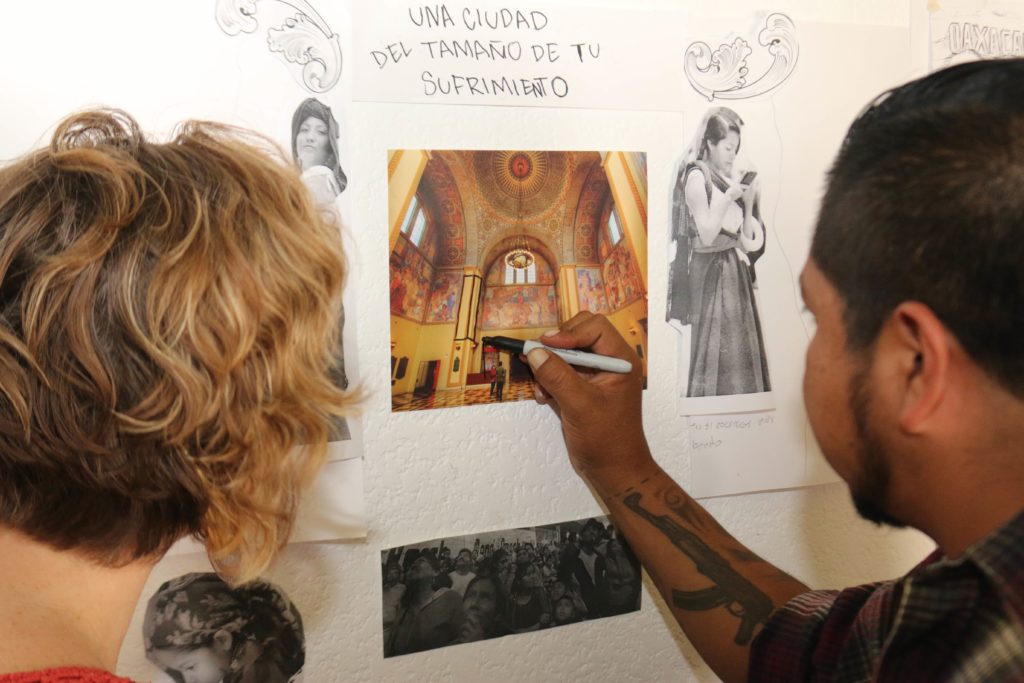
The California brown bear, Birds of Paradise, and a Hollywood sign refashioned as “Oaxacalifornia” are visual ideas of how to mark Los Angeles amid the other imagery that will appear in the newly commissioned pieces. The protagonists in the new murals will feature contemporary Oaxacans dressed in traditional attire as a marker of identity with visual symbols that tell the story of migration and cultural and linguistic history. Issues of cultural identity are ideas that the artists probe deeply in their other work and they will further explore in this new exhibit.
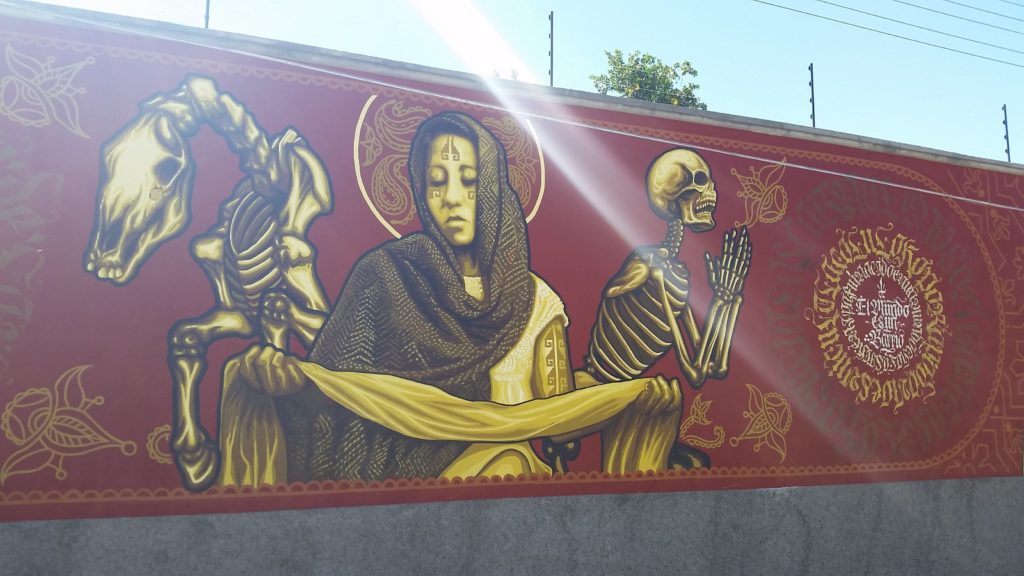
Visualizing Language, at its core, is a window into looking at a multi-cultural Los Angeles through the lens of one vibrant community—one that numbers in the range of 250,000 people. Through a robust series of public programs in the community libraries and as part of the renowned ALOUD series, the broader themes of migration, native history, political art, language activism, and gender politics will be explored through performances, poetry readings, and panel discussions. The project team, which also consists of consultants Xóchitl Flores-Marcial (pictured below), literary consultant/translator David Shook, and curator Amanda de la Garza Mata from Mexico City, presented the first two programs of 45 during the International Oaxaca Book Fair.
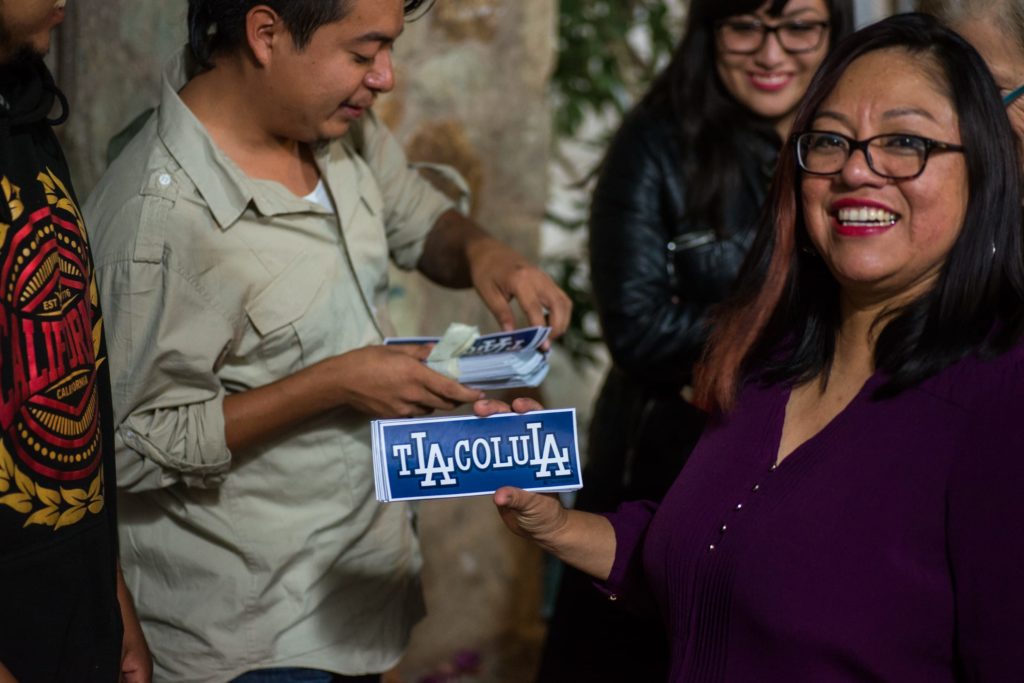
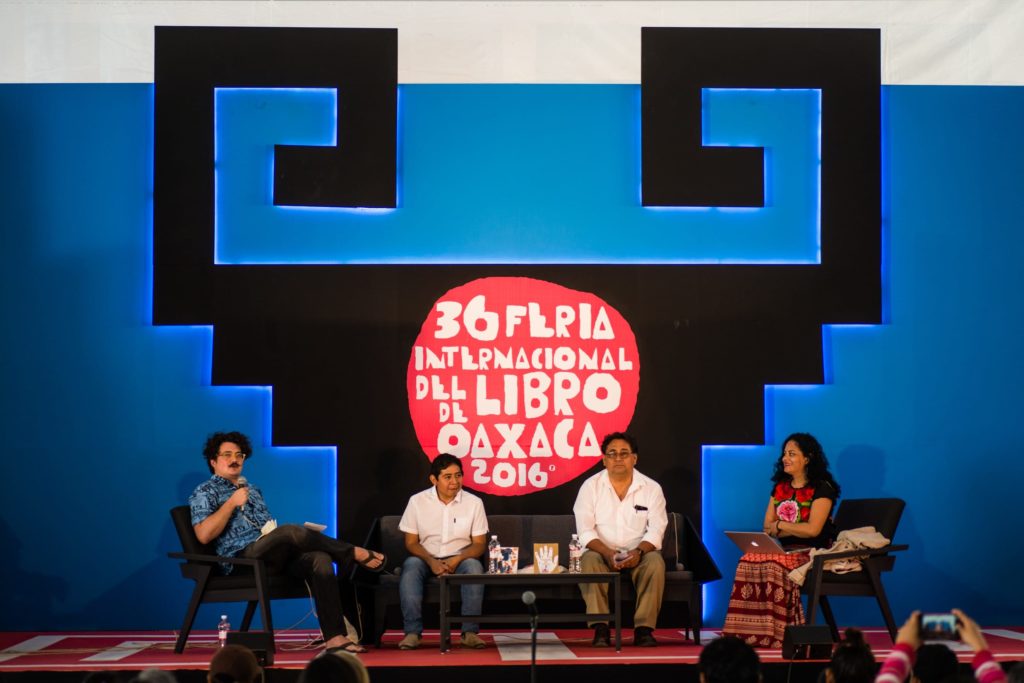
The programs were enthusiastically received by the local audience with “Cervantes in Zapotec” as the only program featuring an indigenous language of Mexico at the fair. It explored the richness and complexity of relaying a worldview inherent to one language when translating to another, as well as the differences within translations from a Zapotec speaker of the southern mountain region vs. a Zapotec speaker from the coast, for example. The poet-translators on this panel will also participate in programming in Los Angeles in 2017.
Tlacolulokos contributed to a conversation about the “art of coming and going,” the role art plays in Oaxaca’s relationship to Los Angeles, along with filmmaker Yolanda Cruz who is documenting the artists as they create the new work. Her film will be shown as part of the exhibition. This vibrant dialogue surrounding language, art, and activism that began at the book fair in Oaxaca City will continue in programs across Los Angeles throughout the next year. Stay tuned for more updates about the project and upcoming public events taking place next fall.
Save
Save
Save
Save
